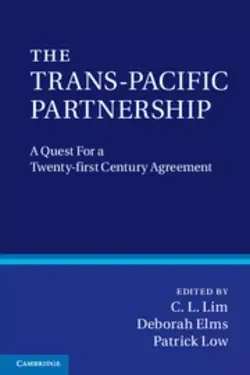
The Trans-Pacific Partnership
A Quest for a Twenty-first Century Trade Agreement

- Report
More on:
Overview
The Trans-Pacific Partnership (TPP) talks represent an attempt to link together at least nine countries in three continents to create a "high-quality, twenty-first century agreement." Such an agreement is intended to open markets to more competition than ever before between the partners in sectors ranging from goods and services to investment, and includes rigorous rules in the fields of intellectual property, labour protection and environmental conservation. The TPP also aims to improve regulatory coherence, enhance production supply chains and help boost small and medium-sized enterprises. It could transform relations with regions such as Latin America, paving the way to an eventual Free Trade Area of the Asia-Pacific, or see innovations translated into the global trade regulatory system operating under the WTO. However, given the tensions between strategic and economic concerns, the final deal could still collapse into something closer to a standard, "twentieth century" trade agreement.
In his chapter, "Regulatory Coherence in the TPP Talks," CFR Senior Fellow Thomas J. Bollyky examines the pending TPP regulatory coherence negotiations, focusing on the role of domestic regulation in international trade, the evolution of regulatory coherence, provisions that would best achieve the goals of regulatory coherence, and the likely outcome of the TPP talks in this area.
More on:
 Online Store
Online Store
